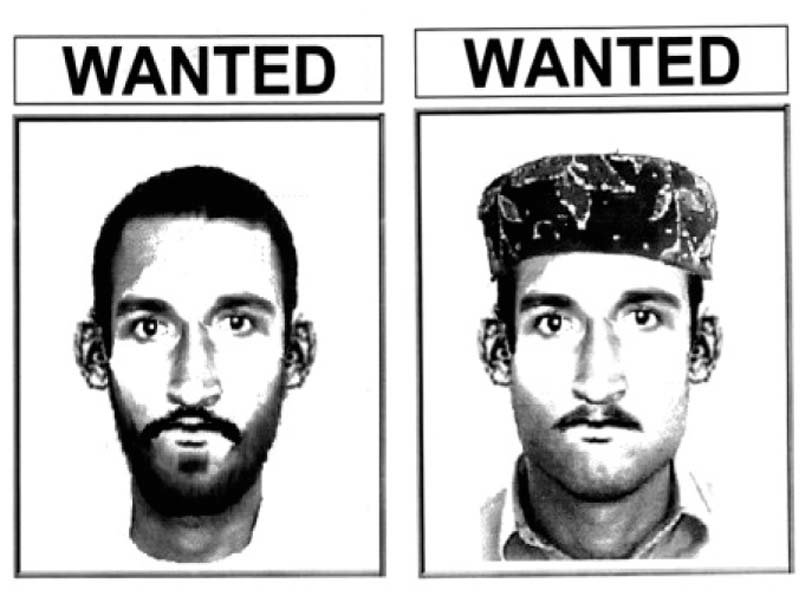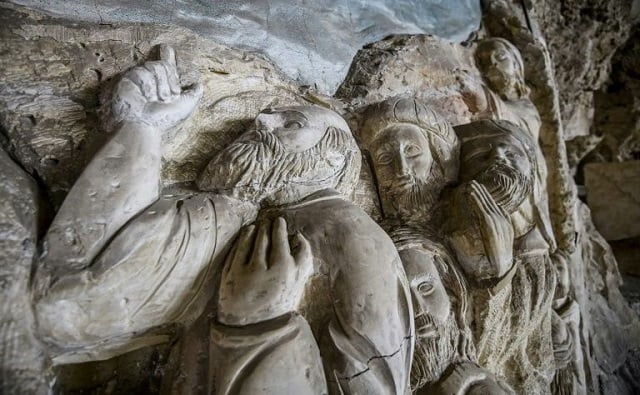
LAHORE: For decades, a police sketch of an unknown perpetrator has been the most recognisable tool in criminal investigation. However, like much of the world, the old way of fighting crime through pencil and paper is a dying art in Pakistan.
The Punjab Police, too, now relies on futuristic tools to digitalise the antiquated practice of creating composite sketches to identify unknown suspects in crime cases.
Substituting its sketch artists, the police department in Punjab has moved to composite sketch software — in which features can be mixed and matched into faces.
According to details obtained by The Express Tribune, a witness is interviewed and a digital sketch is created based on the individual’s ability to remember the suspect.
Experts believe the sketch is only as good as the information provided by witnesses, who may have limited memory of the suspect’s face.
Sketches to identify the criminal have always been part of the checklist for all investigations. Digital versions are easier than those made by sketch artists. However, the accuracy may vary.
The department claims it has an extensive database of criminal records at the Qila Gujjar headquarters in Lahore. The database includes details related to appearances and even pictures of known offenders.
“We have saved the data of more than 800,000 criminals from all over Punjab and over 210,000 habitual offenders from Lahore,” an official, requesting anonymity, said.
The Qila Gujjar headquarters is also home to a dedicated sketch unit that helps the Punjab police department in collecting details of criminals. Digital sketch experts may have replaced the old sketch artists, but their job remains unchanged. During the process, witnesses or even victims are asked to describe the face of the suspect and then choose features from an array of old arrest photographs of criminals in the same age range and race. In most cases, the unit also uses predefined digital templates to create the sketch.
Before 2002, the process of making sketches was simple and involved a sketch artist. Police officers from the branch, who were at the crime scene, would narrate the details and the artists would create a sketch of the suspect. This process included input from the witnesses as well. The process was expensive and laborious at times due to the time it would take to create the sketches.
So far, the sketch unit has created digital sketches of more than 20,000 dangerous suspects.
“It makes the investigation easier when the suspect has been identified, said SP Criminal Record Office Asadur Rehman.
The Criminal Record Office has also made the subsidiary files of the data of the pictures of the suspects in which the sketches are compared with the record of proclaimed offenders in the Criminal Record Management System, Suspect Tracking System, and Proclaimed Offender Record Management System.
“In 2016, our sketch helped expose the perpetrator of the Gulshan-e-Iqbal park bombing that killed 75 people and injured over 340 on Easter Sunday,” claimed Majid Hussain, who heads the Punjab Police Sketch Unit.
In a bid to enhance its capabilities in the future, the sketch unit plans to link its database with National Database and Registration Authority.
“Once our database is linked with NADRA, monitoring could be done on a massive scale,” said SSP investigation Zeeshan Asghar.
Published in The Express Tribune, August 3rd, 2019.




























































COMMENTS
Comments are moderated and generally will be posted if they are on-topic and not abusive.
For more information, please see our Comments FAQ